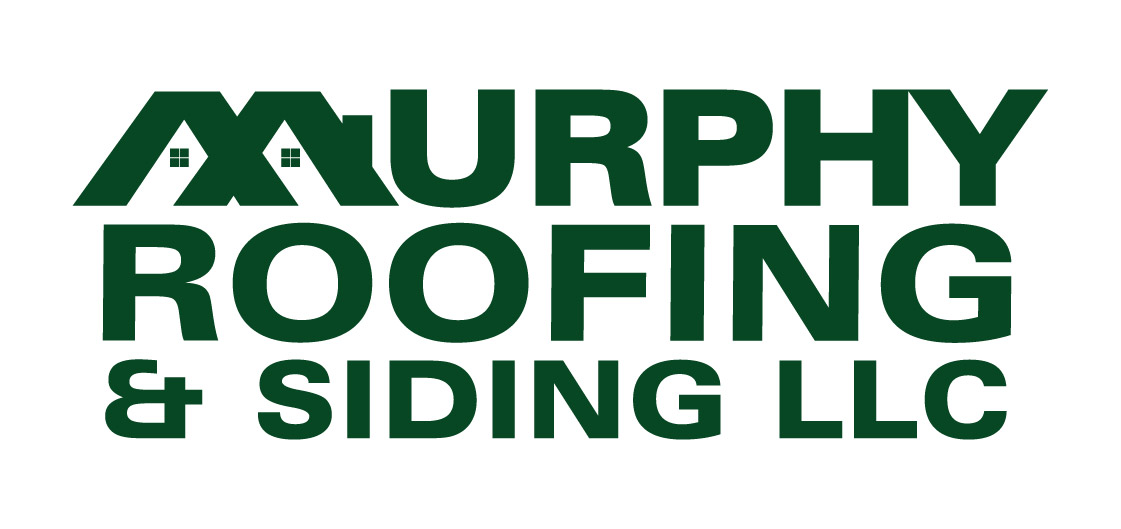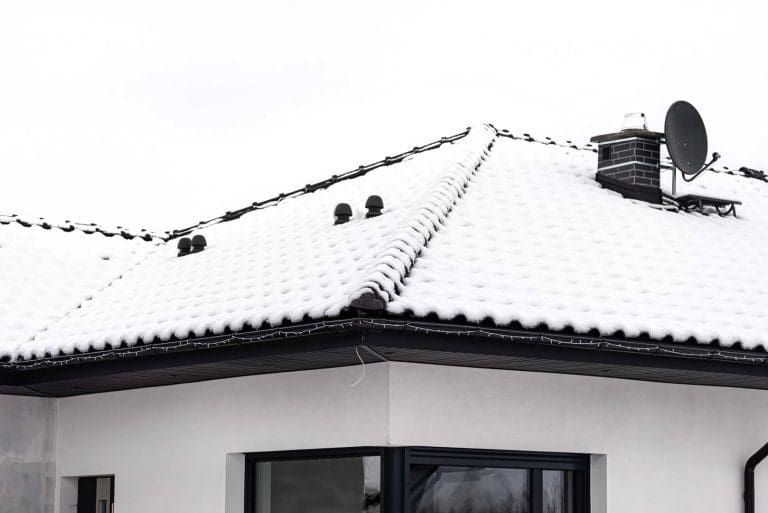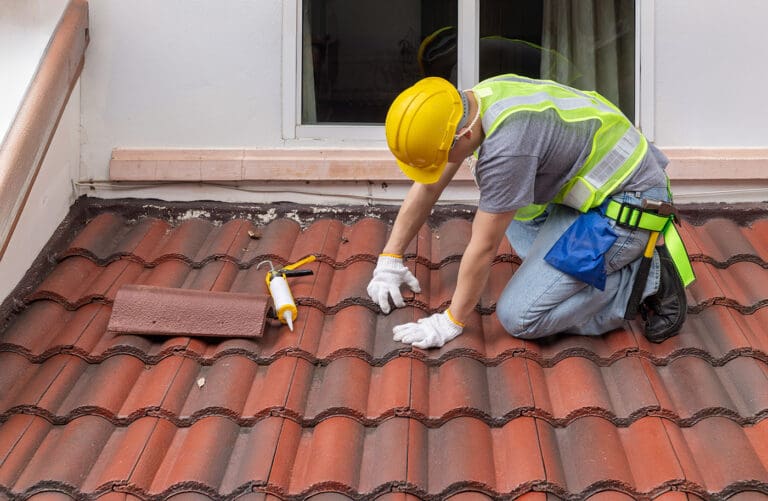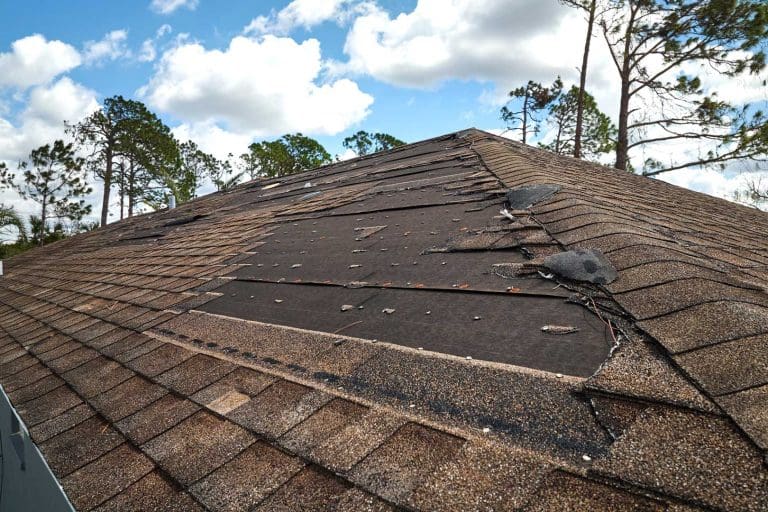As August temperatures rise, so do your cooling costs. While your air conditioner works overtime to keep your home comfortable, there’s another part of your house that plays a significant role in regulating indoor temperatures: your roof. Let’s take a closer look at how roof ventilation works and how it can help you save money when it matters most.
What Is Roof Ventilation and Why Does It Matter?
Roof ventilation is a system of intake and exhaust vents that facilitates air flow through your attic space. This airflow helps remove excess moisture and heat, creating a more stable environment beneath your roof.
During the hottest days of summer, the temperature in an unventilated attic can reach 150°F or higher. That heat doesn’t just stay up there; it radiates downward into your living space, forcing your AC to work harder and run longer. Over time, that extra strain on your cooling system may increase your energy bills and shorten the lifespan of your HVAC unit.
How Proper Ventilation Reduces Cooling Costs
- Lowers Attic Temperatures
- With the proper balance of intake and exhaust vents, warm air is expelled while cooler outdoor air is drawn in. This keeps your attic significantly cooler, which means less heat seeps into the rest of your home.
- Relieves Stress on Your AC System
- When your attic is cooler, your air conditioning system doesn’t have to fight against extreme temperatures. This reduces its workload, allowing it to run more efficiently.
- Protects Your Roof and Insulation
- Proper ventilation prevents moisture buildup, which can degrade your insulation and roofing materials over time. When your insulation stays effective, it provides a better barrier against heat transfer, helping your home stay cooler naturally.
The Long-Term Benefits of Efficient Roof Ventilation
Investing in proper roof ventilation isn’t just about staying cool this August; it’s about year-round performance and protection. Benefits include:
- Lower energy bills throughout the year
- Increased lifespan for your roof and HVAC system
- A more comfortable home environment
- Better indoor air quality
How Do You Know If Your Roof Is Properly Ventilated?
Not all ventilation systems are created equal. Signs your home may need improved attic ventilation include:
- A noticeable temperature difference between your attic and the outdoor air
- High cooling bills despite consistent AC use
- Hot or stuffy upper rooms in your home
- Signs of moisture in the attic
If any of these sound familiar, it might be time for a professional inspection.
Stay Cool, Save Money
The dog days of summer don’t have to mean high utility bills. A well-ventilated roof makes the difference between sweating through August and enjoying a comfortable, efficient home. Contact Murphy Roofing today to schedule your ventilation assessment and get one step closer to lower energy bills and better home comfort.





